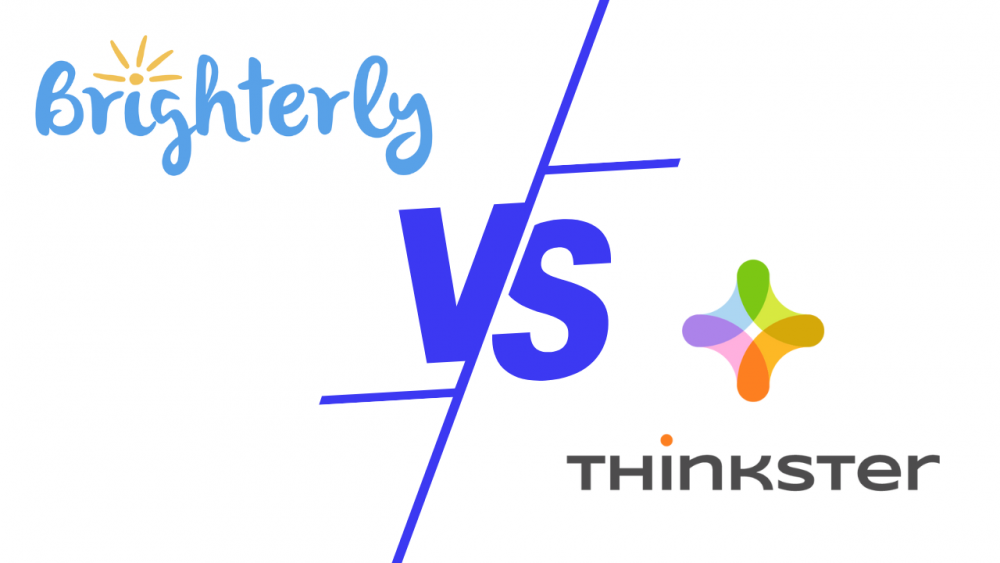

Last Updated on August 31, 2021
The educators at Thinkster recognize that developing a math curriculum is not a one-size-fits-all proposition. That’s why we’ve mapped our curriculum to the markets we serve – the largest being the U.S., Canada, the U.K., South Africa, Australia and India.
The Thinkster team has created a complete structured program that can easily be used in classrooms around the world, and by students who are home-schooled as well, says Sumi Chakraborty, Director of Academics for Thinkster Math.
“Our biggest differentiating factor from other programs is that we are blending machine learning and human understanding,” she says.
Tutorial videos with practice worksheets guide students to learn how to solve a problem type; and when students make errors, teachers review the pauses and use the eraser to identify what skill the student is struggling with. Test scores offer further insight into skills retention, Sumi says.
Here, Sumi shares more about the process for developing our math curriculum and how today’s students benefit. Read on:
Thinkster Math is a tablet-based program meant for children from grades K-8. We emphasize skill building and developing critical thinking, analytical and reasoning skills.
We have added layers to our math curriculum as the demands of the state standards and school curricula in the U.S. changed over the past few years. One of the advantages of using technology is that you can adapt to the needs of the times much faster. Our content has evolved based on the needs of the students and the markets we have been in. We wanted enough repetition in the four core operations such that children from grades K-3 learn effective mental math strategies to be able to solve problems quickly. This builds a strong foundation of confidence and enjoyment towards math.
Then, we added Common Core strategies and Singapore-based word problems, looked at questions on state tests and competitive exams like Math Olympiad/Math Kangaroo/Cogat Testing, etc. and mapped the curriculum to various countries where we are being widely used. We are constantly evolving and updating content and curriculum.
Math curriculum to us is not just the types of questions and topics we have in the program. We have broken larger topics into simpler skills, and we ensure that each of those skills is mastered by the students. The tutorial videos with each practice worksheet guide the students and help them learn new skills.
We have spent a lot of time in looking at the flow of learning within and between the assignments to ensure that the students can succeed on the path of self-learning. The Thinkster curriculum contains enough repetition, and frequent testing by the Thinkster coaches ensures that the students are retaining what they are learning.
As a parent, I remember buying workbooks to expose my girls to as many question types as possible so that they were ready for test taking and had been exposed to a variety of question types. Half of those workbooks were left undone because I had to sit and grade them, and I had no way of knowing where my girls did well and where they needed help. I was just helping out on a question-to-question basis, and then I had no way to follow up or give them more practice in that skill.
We wanted to address this need in the market so that parents have peace of mind that not only will the learning take place at their child’s level – whether remedial or for enrichment – but also that they are getting exposed to a world-class curriculum where we can identify every skill level where more practice is required to get to mastery.
We made Thinkster Math to help all types of students be they remedial or wanting enrichment. My opinion is that the benefit of any program lies not in the curriculum or the delivery of it, but in whether the parents believe and embrace the philosophy of how the program is created and structured. If you are a parent who loves their iPhone and relies on it heavily, or you are motivated by your Fitbit tracker, you will appreciate the tool we have created to help your child’s learning because we can identify and help where your child needs the most amount of help.
In my experience, the most panic-stricken stage for students and parents is when students start working on fractions. This is the point where the lack of basic computational skills (being quick in recalling multiplication facts and simple division facts) becomes evident, and it starts to hurt the students. Parents are expecting a quick fix at this point, but we need to realize that it’s four years of learning and skill development that has been neglected.
A lot of parents and teachers do not believe in supplemental math programs at early elementary school years. They think math is still “easy” for their child and no extra help is required. These years are crucial for the foundation of math learning. Experts say a language is best taught before age 5. Math is nothing but another language. We encourage listening to stories and reading at an early age, but why do we wait for the struggle to begin in math before we help children?
A tool is only as good as the person who is using it. Thinkster coaches train extensively to identify the learning needs of each and every child. This identification is done by looking at the results of attempted tests, paying close attention to what kind of errors the student makes at the question level at the time of learning, and getting anecdotal information during the conferences with parents and students.
For example, if a student makes an error in adding two unlike fractions, it is the Thinkster coach’s job to identify where the fundamental weakness lies. Did the student struggle in figuring out the lowest common multiple? Or is he/she not reducing the final answer because he/she needs practice in the greatest common factor? Did he/she pause for a long time to start the first steps of common multiples because he/she needs to go back to learning multiplication facts? These are the kinds of insights the coaches are doing at the time of grading the student worksheets and adjusting study plans.
Coaches also take personality differences in students to design the study plan. Do the students favor and thrive with repetition? Or do they get bored easily? The idea is that everyone gets to the same goal of mastering the curriculum, but the Thinkster coach tweaks the path and the time taken.
One of the ineffective methods is rushing students from one topic to another without giving them the luxury of time and chance to master the skills before making connections to other topics. The power of repetition is totally undermined in classroom settings. Children need repetition to find comfort and confidence in what they are learning.
When a teacher is at the chalkboard teaching a large group of children, students are expected to listen to that for an extensive period of time. The best teachers are those who help students learn on their own. With the rise of the gaming industry, children of today learn differently from how we learned.
There is power in learning by doing, and self-learning is the most powerful tool we can provide to the next generation.
Connect with Thinkster on Facebook, Twitter, YouTube, Pinterest and LinkedIn.
Help your student gain confidence in their math skills. Try Thinkster free for one week.



